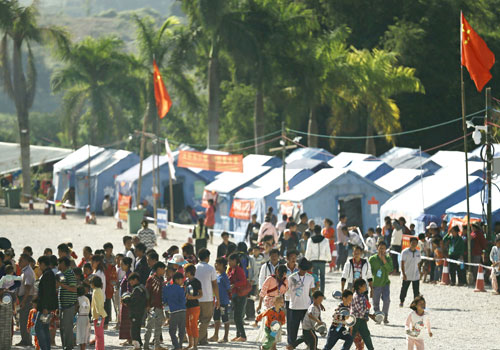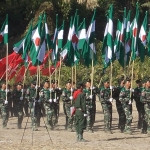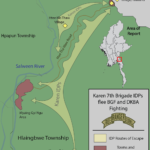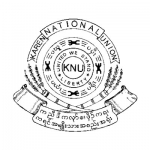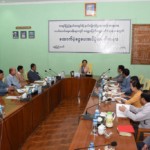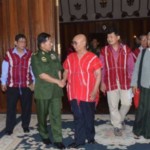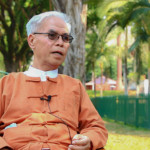By Thu Thu Aung / Myanmar Times | December 6, 2016
The Tatmadaw has wrested control of a key strategic post in northern Shan State’s Mong Koe town after launching mortar and air strikes that activists say claimed the lives of four civilians and destroyed several buildings.
On December 4, the Office of the Defence Ministry announced that the campaign of ramped-up shelling, air strikes and use of heavy weaponry had fortified the army’s position and cemented its command over the area.
Clashes in the past two weeks have played out between government troops and the Northern Alliance-Burma (NA-B), a coalition comprised of the Kachin Independence Army (KIA), the Ta’ang National Liberation Army (TNLA), the Arakan Army (AA) and the Myanmar National Democratic Alliance Army (MNDAA).
The Mong Koe checkpoint area came under heavy attack on December 4, forcing NA-B troops to retreat, said TNLA spokesperson Mong Aik Kyaw. He estimates the area was hit by more than 30 separate strikes.
“Air strikes destroyed the buildings of civilians in the Mong Koe town and four civilians
A large number of civilians have become trapped by the skirmishes between government troops and the ethnic alliance. Joint Strategy Team (JST) for Humanitarian Response in Kachin and Northern Shan State, a civil society coalition, has reported that over 2000 civilians were trapped along the China-Myanmar border. According to official reports, the number of civilians injured so far has reached 63. At least 5000 have been displaced by the fighting, including more than 3600 who, Chinese state media has said, fled over the border.
“We didn’t attack … [in this] battle of Mong Koe before because there are civilians. We already conquered almost the whole town. After we attacked and saved 34 hostages on December 1 and 43 hostages on December 2, they bombed the civilian areas and used air strikes continuously,” Mong Aik Kyaw said.
“We just want to show the military that we can attack their strategic checkpoints,” he added.
On December 3, the Tatmadaw announced that they had fought back a third advance by the Northern Alliance troops. That same day, the alliance claimed it had conquered the majority of the area and accused the military of commandeering villagers and using them as human shields.
Both the Tatmadaw and the Northern Alliance conceded that they lost troops in the battle.
Muse district administrator U Zaw Min said it was not yet possible to confirm the exact number of people who had fled across the border as a result of the clashes.
“We haven’t got the number of refugees … They ran to China,” he said.
The Northern Alliance launched its initial joint offensive on November 20 near mile post 105. In the following days it attacked several police and military outposts in Shan State’s Muse and Kutkai townships.
The groups say their hand was forced, and that they feel the Tatmadaw was exerting tremendous pressure on ethnic armed groups. Civilians have been advised to avoid the conflict zone.
On December 4, the Northern Alliance issued a statement calling for genuine peace talks and a lasting nationwide ceasefire.
This article originally appeared on Myanmar Times on 6 December, 2016.

